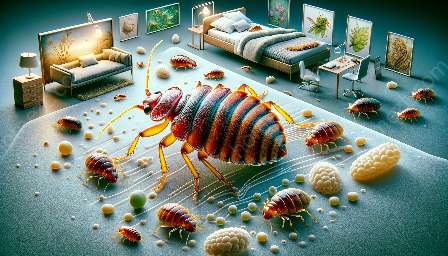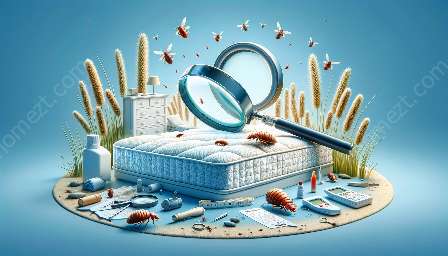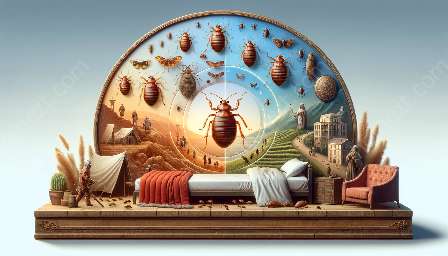Bed bugs, pesky little creatures that feed on human blood, have become a common nuisance in households across the world. Their ability to hide and reproduce rapidly makes them challenging to detect and eliminate. In this comprehensive guide, we will explore how to inspect for bed bugs, detect their presence, and effectively control and prevent infestations.
Understanding Bed Bugs
Before diving into bed bug inspection, it's essential to understand the behavior and characteristics of these tiny pests. Bed bugs are small, reddish-brown insects that feed on the blood of animals or humans, typically at night while the host is asleep.
These nocturnal parasites are expert hiders and can squeeze into tiny cracks and crevices, making them extremely difficult to spot.
Bed Bug Inspection
Thorough and systematic inspection is crucial to determine the presence of bed bugs. Begin the inspection in the areas where people sleep or spend prolonged periods, such as the bedroom and living room.
Key inspection points include:
- Bed frame, mattress, and box spring
- Headboard and footboard
- Furniture upholstery and seams
- Wall cracks and crevices
- Electrical outlets and switch plates
- Behind picture frames and loose wallpaper
- Carpet edges and baseboards
- Within clutter and belongings
Look for live bugs, shed skins, eggs, bloodstains, and fecal spots, which are all indicative of a bed bug infestation.
Bed Bug Detection
Early detection of bed bugs is essential for effective pest control. If an infestation is suspected, it is advisable to hire a professional pest control company to perform a thorough inspection using specialized detection tools such as bed bug sniffing dogs and heat sensors. These methods can identify even the most hidden infestations and provide accurate results.
Preventive Measures
Preventing bed bug infestations is just as important as detecting and eliminating them. Implement the following preventive measures to minimize the risk of bed bugs entering your home:
- Use protective encasements for mattresses and box springs
- Regularly vacuum and clean sleeping and living areas
- Be cautious when acquiring second-hand furniture or used clothing
- Keep clutter to a minimum
- Seal cracks and crevices around the home
- Inspect hotel rooms and luggage while traveling
- Be vigilant and proactive in early detection
Professional Pest Control
If a bed bug infestation is confirmed, it is crucial to seek professional pest control services. Pest control experts are equipped with the knowledge, tools, and treatments to effectively eliminate bed bugs and prevent their return.
Treatments may include conventional insecticide applications, heat treatments, or fumigation, depending on the extent of the infestation.
Continuous monitoring and follow-up inspections are essential to ensure the complete eradication of bed bugs.
Conclusion
By understanding the importance of thorough bed bug inspection, early detection, and effective pest control measures, individuals and homeowners can take proactive steps to prevent and manage bed bug infestations. Remember, prompt action and professional assistance are key to keeping these resilient pests at bay.






















